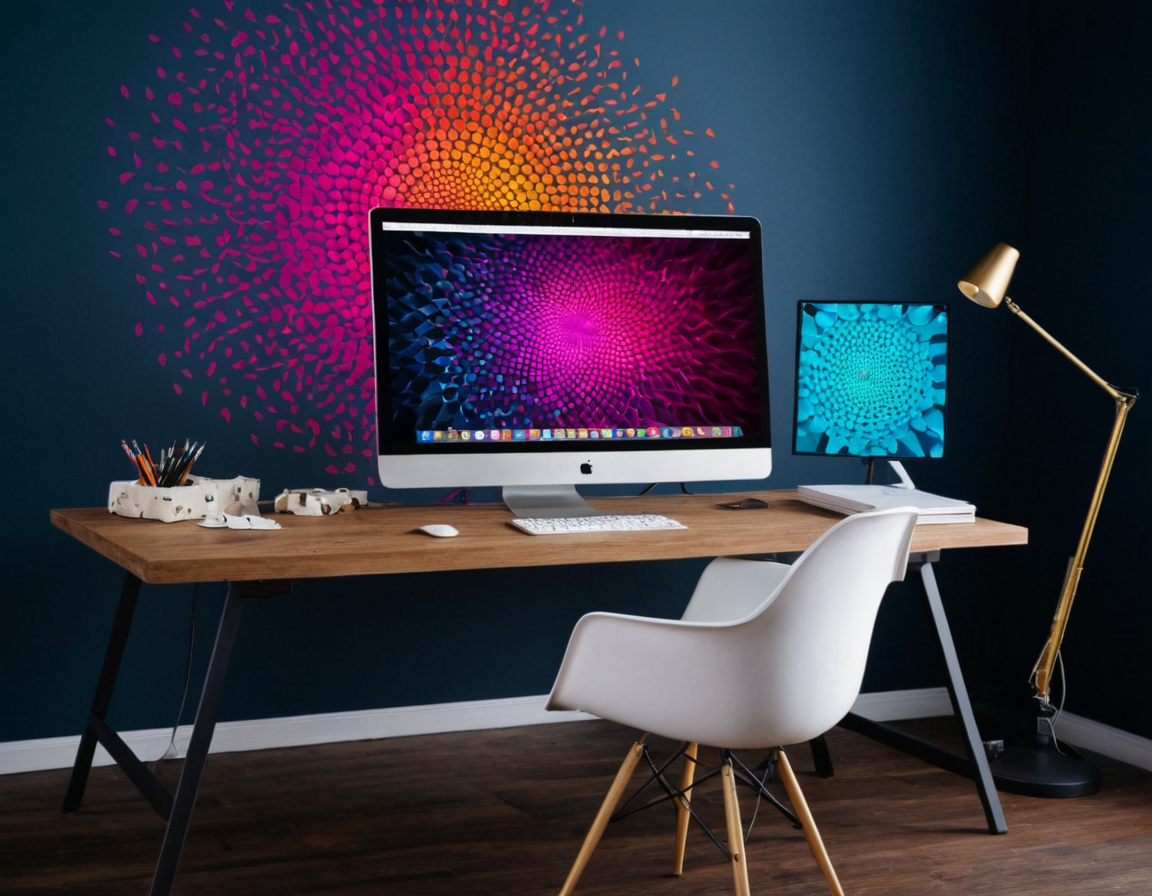AI Image Generator Tips

The Future of Visual Design: Leverage AI Image Generators for Personal Projects
As the world of visual design continues to evolve, one technology stands out as a potential game-changer: AI image generators. These tools have the power to revolutionize the way we approach design, but what exactly do they offer, and how can you harness their potential for your own projects?
Introduction
The use of AI in creative fields has been gaining traction in recent years, with various applications across industries. Visual design is no exception, as AI image generators have started making waves in the design community. But what are these tools, and how can they be used to enhance your personal projects? In this article, we will delve into the world of AI-generated images, exploring their capabilities, limitations, and potential uses.
Understanding AI Image Generators
AI image generators use machine learning algorithms to create synthetic images based on a given input. This input can range from text descriptions to existing images. The resulting output is often indistinguishable from real-world content, making them a valuable tool for designers looking to explore new creative avenues.
However, it’s essential to note that AI-generated images are not a replacement for human creativity and judgment. Rather, they offer an additional tool in the design toolkit, one that requires careful consideration and ethical use.
Key Considerations
Before diving into the world of AI image generators, it’s crucial to consider the following factors:
- Copyright and Ownership: Ensure you understand the terms of service for any AI generator you choose to use. Some may have restrictions on commercial use or require attribution.
- Data Quality and Bias: Be aware that training data can perpetuate biases and inaccuracies. Always verify the accuracy of your input and ensure it aligns with your project’s values.
- Creative Control: Remember that AI-generated content is a starting point, not a final product. Exercise your creative judgment to refine and improve the output.
Applications in Visual Design
So, how can you use AI image generators for personal projects? Here are some potential applications:
- Concept Art: Use AI to generate initial concepts or explore different design directions before committing to traditional methods.
- Prototype Development: Employ AI-generated images as a quick and efficient way to create prototypes, saving time and resources.
- Research and Inspiration: Leverage AI image generators as a research tool to gather inspiration or identify trends in the industry.
Real-World Example
Suppose you’re working on a personal project that involves creating a website for an e-commerce platform. You can use an AI image generator to create initial concept art, exploring different layouts and designs before committing to traditional methods.
[EXAMPLE_START:python]
Import necessary libraries
from PIL import Image
Load the input image or text description
input_image = Image.open(“input.jpg”)
Generate a new image using the AI model
new_image = generate_new_image(input_image)
Save the output
new_image.save(“output.jpg”)
[EXAMPLE_END]
Conclusion and Call to Action
The use of AI image generators in visual design is an exciting development with vast potential. However, it’s crucial to approach these tools with caution, understanding their limitations and potential biases.
As designers, we have a responsibility to ensure that our work aligns with industry standards and ethical guidelines. By embracing the capabilities and challenges of AI-generated images, we can push the boundaries of creativity and innovation while maintaining the integrity of our craft.
The question remains: how will you leverage AI image generators in your own projects? Will you explore new creative avenues or refine existing processes? The future of visual design is at your fingertips.
About Valentina Torres
As a seasoned editor at gophotos.com, I help creators harness the power of AI and smart photography tools to elevate their visual content. With a passion for innovative storytelling, I've worked closely with artists and brands to bring their unique visions to life – from editing to generation, I'm always excited to explore the latest visual possibilities.
